Category: Soybean School
-
Soybean’s Relationship Status with Phosphorus: It’s Complicated
Soybeans are serious consumers of phosphorus, so it seems logical that supplying P fertilizer would be important for maximizing soybean yields, right? That’s wrong, at least in the short-term, according to research results in southern Manitoba. Researchers from the University of … Continue reading →



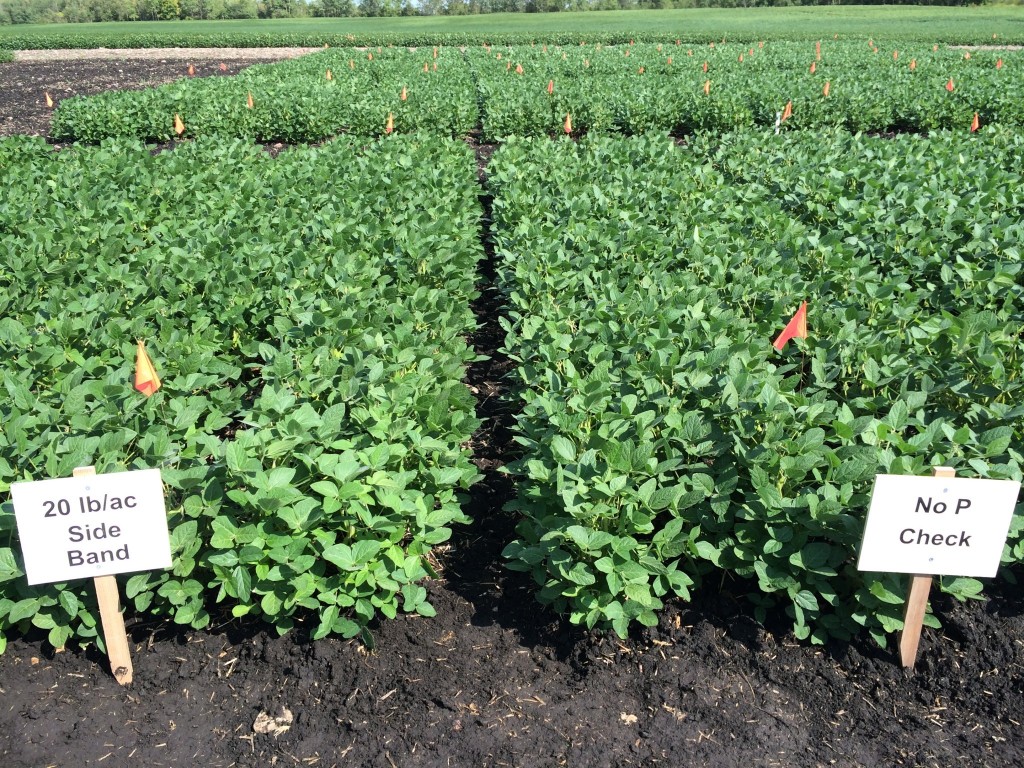
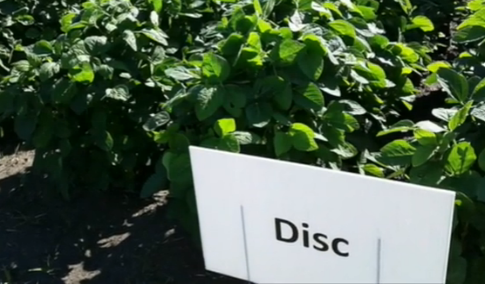

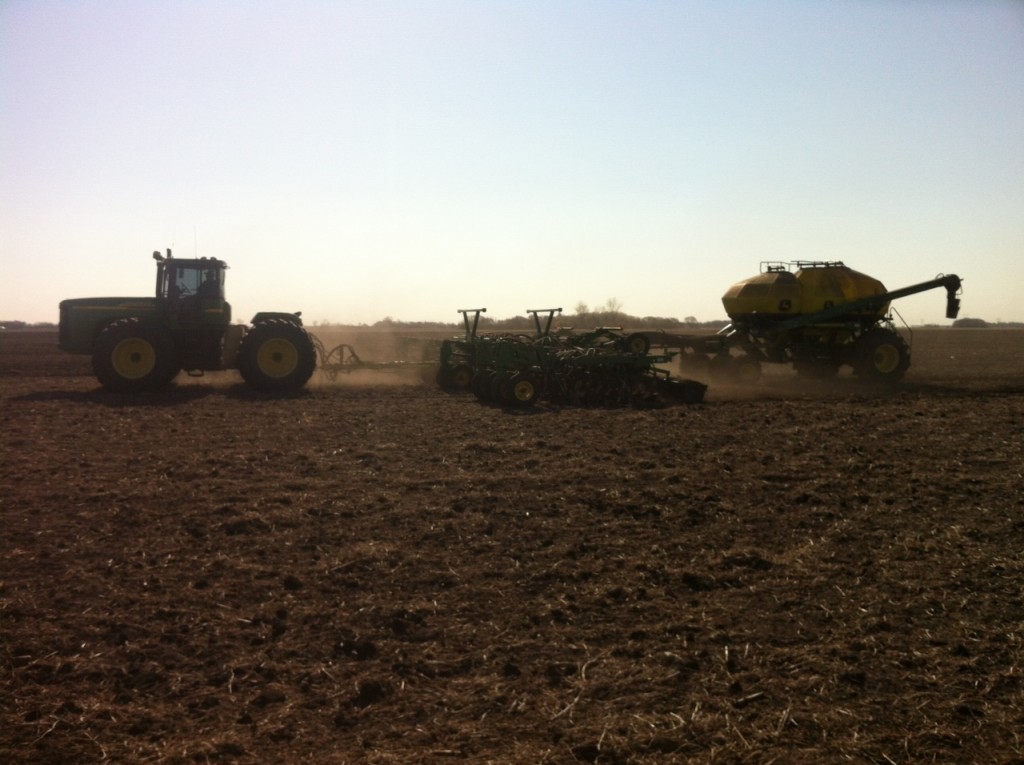

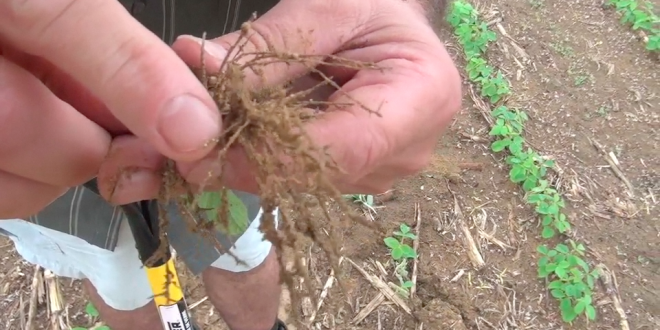
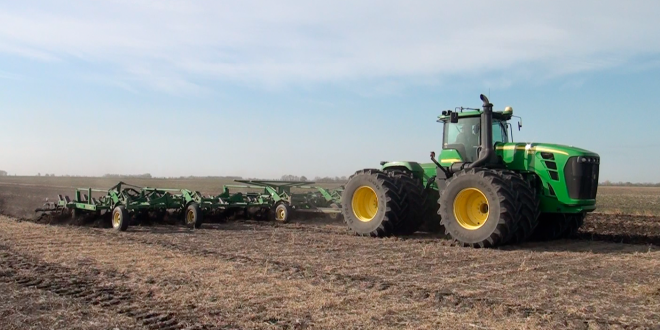


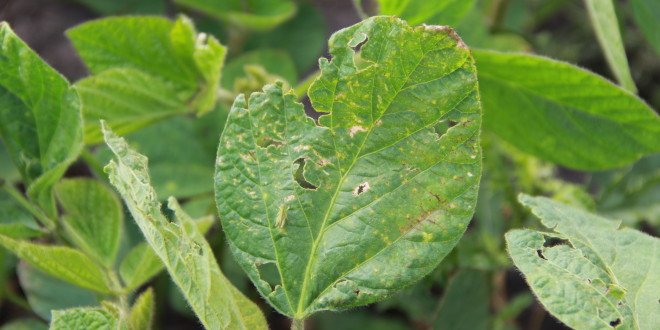
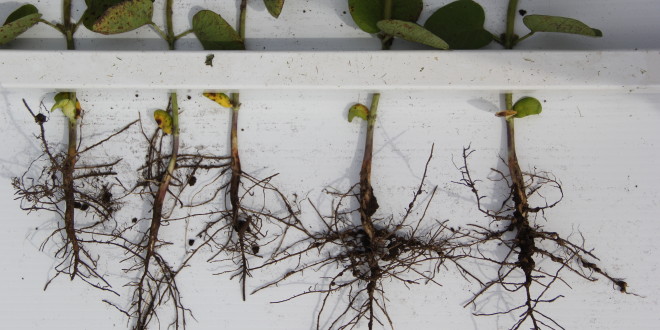
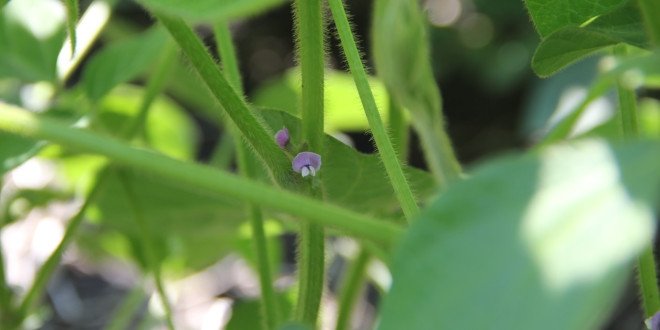
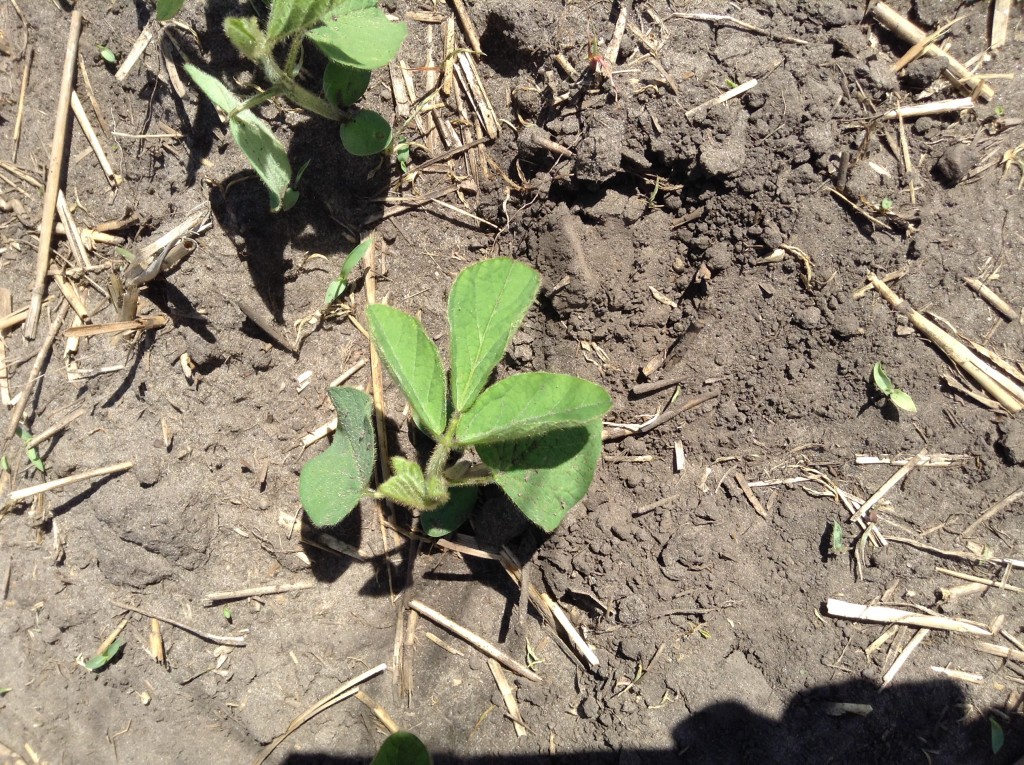
You must be logged in to post a comment.